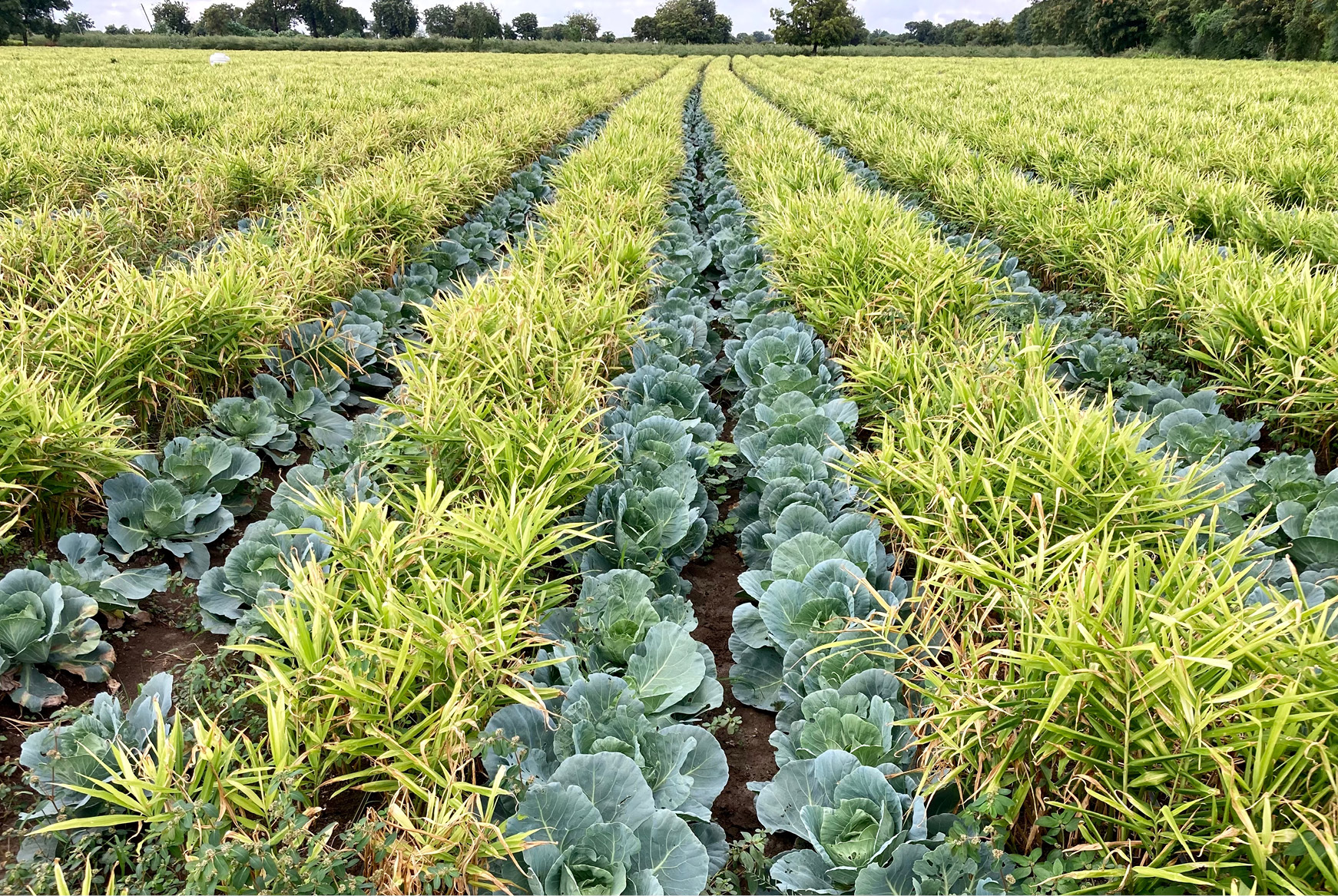Rainfed Farming In India
Water for crops can come from two sources: irrigation networks and rainfall. When farming depends on the latter, it is known as rainfed farming or rainfed agriculture. This simply means that rainfed farming relies on a natural source of water and is therefore subject even more to the vagaries of Nature.
Certain regions have a larger percentage of rainfed agriculture. In Sub-Saharan Africa, for instance, 95% of its farmed land relies on rainwater. It is interesting to also delve into rainfed farming in India because it helps us understand how the farmers deal with all the dynamics in this situation.
Most countries do depend on rainwater for agriculture. However, this dependence is greater in a few areas more than others. For instance, Latin America, South Asia, and East Asia account for larger portions of rainfed agriculture. In India, around 55% of agricultural land is rainfed.
India and rainfed agriculture
Our country has 15 agro-climatic zones and agriculture is dependent on the South-West monsoon. Rainfed farms are characterised by:
-
Larger crop diversity; 34 major crops grown annually in rainfed areas when compared to irrigated areas which see around 5 major crops grown annually
-
40% of total food grain production
-
Large range of activities such as horticulture, agroforestry, medicinal plant cultivation, apiary, etc
-
Being the largest producers of oilseeds, millets, pulses, and cotton
Different states of India are implementing interesting projects to augment rainfed farming. For instance, Himachal Pradesh has the Himachal Pradesh Sub-tropical Horticulture, Irrigation, and Value Addition (SHIVA) Pilot Project which is helping the state’s 75% rainfed area with better horticultural practices.
Of course, farmers also have their traditions when it comes to agricultural practices on rainfed farms. For instance, Akkadi Saalu is an intercropping system that has been in traditional practice in Karnataka. By focusing on biodiversity & multicropping, Akkadi Saalu helps farmers make the best use of land which depends on rains.

Challenges in rainfed farming
The obvious challenge is the high dependence on rainfall. Typically, rainfed zones are also more fragile, ecologically speaking. This impacts:
-
Soil health and erosion: - especially significant when high rainfall causes pluvial floods.
-
Higher vulnerability to famines & droughts
-
Small sizes of farms: - typically, rainfed farms belong to small and marginal farmers who may not have access to investments, markets, and so on
There are many ways in which these challenges and more are being addressed. One instance is the National Mission for Sustainable Agriculture (NMSA) which is focusing on soil health management, resource conservation, and improving agriculture productivity. Integrated farming systems is another method to help increase productivity. By adopting inter-cropping practices, apiculture, and livestock management, farmers can help augment their agricultural practices.
Watershed technology is also helping rainfed farming areas. By delving into the financial, infrastructural, and social angles of rainwater harvesting, watershed technology is going a long way in helping farmers. There are also interdisciplinary teams such as the RRA Network (Revitalising Rainfed Agriculture Network) coming together to build more resilient rainfed systems.
While there are constraints in rainfed farming, it is also possible to explore multiple options to help farmers deal with these constraints. Whether it is growing climate resilient crops or better drought management & agronomic practices, and even nutrient management methods – it can all help rainfed farming in India.



